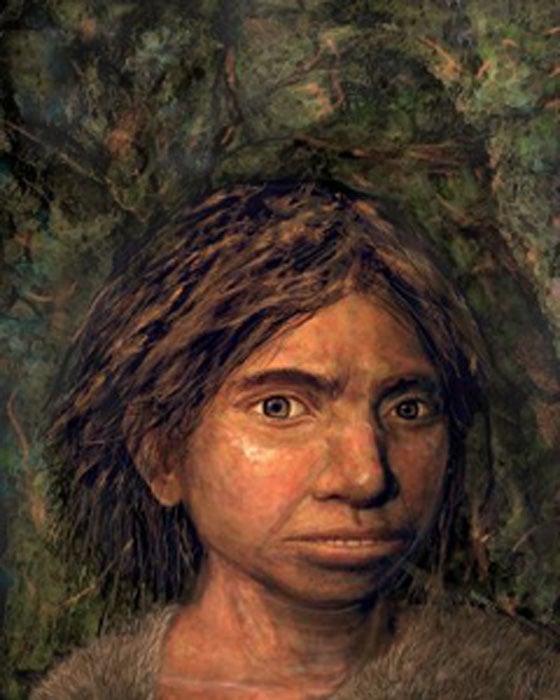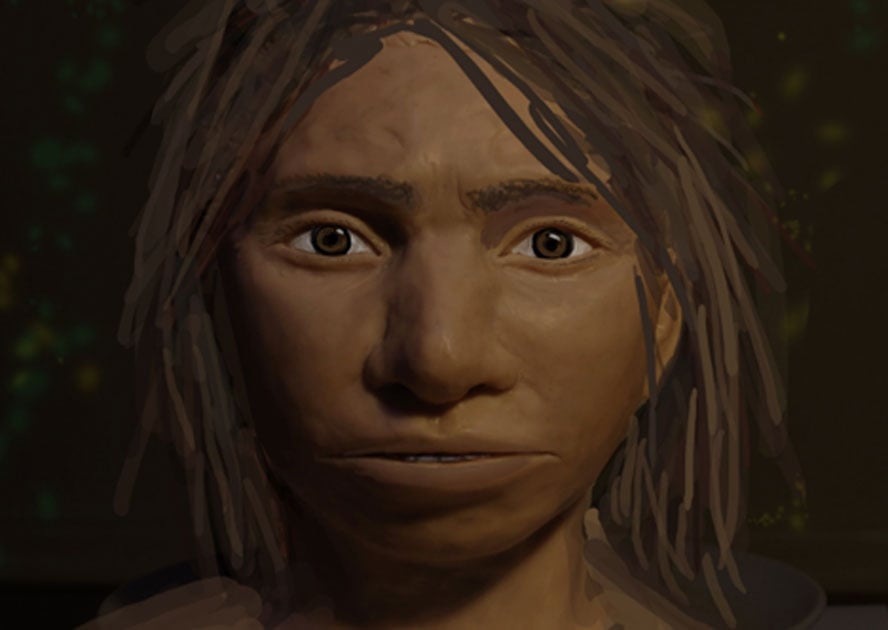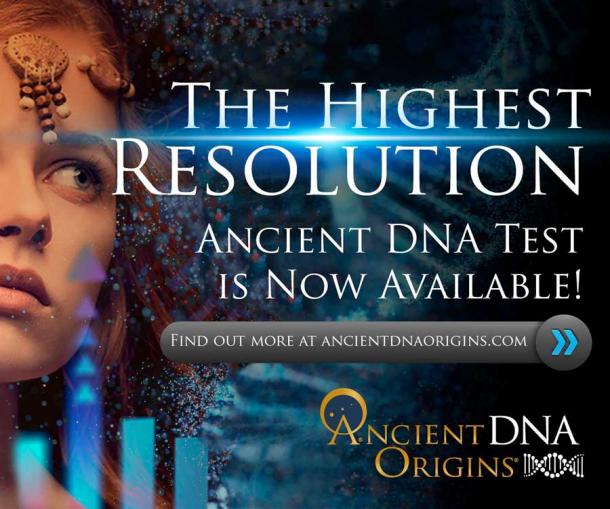Face of the Denisovans? Portrait of a Teen Revealed by Her DNA
Based on ancient DNA methylation patterns, a portrait of a juvenile female Denisovan has been recreated.
Only two weeks ago I wrote a news piece for Ancient Origins in which I listed all of the known Denisovan remains, which amounted to a finger bone, a few teeth, and a lower jawbone. Nevertheless, from these scanty remains a team of researchers reporting in the journal Cell have produced reconstructions of these long-lost human relatives based on patterns of methylation extracted from ancient DNA.
Studying Rare Denisovan DNA
A decade ago, scientists excavating Denisova Cave in southern Siberia discovered fossils of a previously unknown group of ancient humans, now named the Denisovans. Nature reported in February this year how DNA had been found preserved in an approximately 13-year-old female Denisovan’s finger bone, which was the first known Denisovan DNA ever found.
- Finger Bone Points the Way to Revealing Denisovan DNA Secrets
- The Teeth Have It: Tracing the Denisovan Legacy Around the World
- Denisovan Jaw: The First Physical Evidence for the Mysterious Hominins Outside Their Original Cave!

An artist's rendering shows the first-ever portrait of a Denisovan woman, recreated from an ancient DNA sample. (Maayan Harel)
A genetic DNA study revealed proto-Neanderthals and precursor-Homo sapiens split about 700,000 years ago and that Europe’s ancestral Neanderthal line split around 400,000 years ago.
One of the authors of the new paper, Liran Carmel of the Hebrew University of Jerusalem, told PHYS.Org that their team of researchers identified 56 anatomical features in which Denisovans differed from modern humans and/or Neanderthals. Furthermore, the researchers say Denisovans resembled both Neanderthals and humans, and in other ways “they were unique”.
Reconstructing Ancient Faces
The researchers first accurate reconstruction of the skeletal anatomy of Denisovans was achieved by analyzing DNA, but where this project differed from earlier studies is that rather than DNA sequencing, anatomical information was extracted from “gene activity patterns.” According to the paper, the gene activity patterns were related to a genome-wide DNA methylation, or epigenetic patterns; which are described as chemical modifications that influence gene activity without changing the underlying sequence of As, Gs, Ts, and Cs.
The researchers compared the DNA methylation patterns against three hominin groups looking for genomes that were methylated differentially. From this, evidence of Denisovan anatomical features was gathered based on what is already understood about human disorders, which are themselves triggered by these same genes losing functionality. Dr. Gokhman, one of the paper’s co-authors, explains that this enabled the team to predict what skeletal parts would be affected by differential regulation of each gene, which in turn indicated which direction skeletal parts would change.

Reconstructed Profile of the Denisovan Skull. (Gokhman et al.)
Predictions Were 85% Accurate
The researchers applied their DNA methodology to the Neanderthal and the chimpanzee and found that they predicted “roughly 85%” of the observed directional divergence. And knowing their system successfully predicted directions of change, the scientists were able to produce the first reconstructed anatomical profile of the little-understood Denisovan.
In conclusion, this new evidence suggests Denisovans shared many Neanderthal traits - like having wide pelvis and elongated faces - but the testing also highlighted Denisovan-specific differences like increased dental arches and lateral cranial expansion. Essentially, the team refined DNA methylation detection processes enough to enable reconstruction and the scientists say their approach has wide-ranging “potential applications.”

Reconstructed Profile of the Denisovan Skeleton. (Gokhman et al.)
Dr. Carmel told PHYS.Org that on a general level their work is a step towards being able to infer an individual's anatomy based on their DNA, but on a deeper level the study of Denisovan anatomy can fill in gaps in our understanding of adaptation, evolutionary constraints, development, gene-environment interactions, and disease dynamics in human evolution.
- A Trove of New Denisovan Discoveries Revealed At A Recent Anthropological Conference
- March of the Denisovans: Evidence of Archaic Human Gene Now Detected In the Orient
- Modern Humans Could Have Mated With Denisovans as Recently as 15,000 Years Ago
Questing Methylation patterns
While this new team of scientists studied the patterns of methylation in DNA and produced a recreated ancient skull with facial features, the idea of looking at epigenetic changes to gene expression was written about in 2012 in a paper published on PLOS ONE.
The authors said epigenetic changes can result in “heritable phenotypic characteristics that are not encoded in the DNA itself,” but rather by biochemical modifications to the DNA or associated chromatin proteins. And in their paper they described the first single-base resolution of cytosine “methylation patterns" in an ancient mammalian genome from late Pleistocene.
We seem to be advancing DNA studies at an incredible rate and excitingly, one of the applications of this new approach might soon be to generate images of how humans might look 100,000 years into our future, having switched off certain genes.
Top Image: A preliminary portrait of a juvenile female Denisovan based on a skeletal profile reconstructed from ancient DNA methylation maps. Source: Maayan Harel
By Ashley Cowie





















Comments
Plenty of links in this article. Nothing stopping you doing some research, and maybe going to university to study in this field. Or do you just want your information spoon fed to you?
Crasslee
"An artist's rendering shows the first-ever portrait of a Denisovan woman, recreated from an ancient DNA sample."
The picture is an artists 'impression' and nothing more.
I should like to know the precise mechanics of creating a face using DNA only and then given to us to accept as real.
Doesn't wash with me.